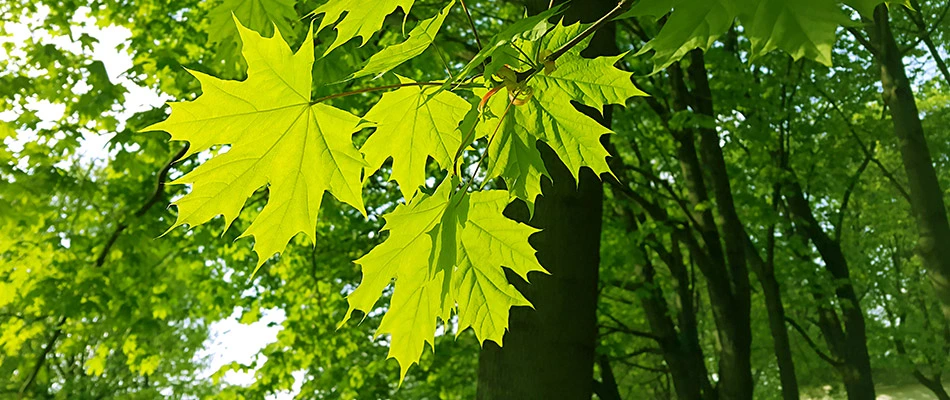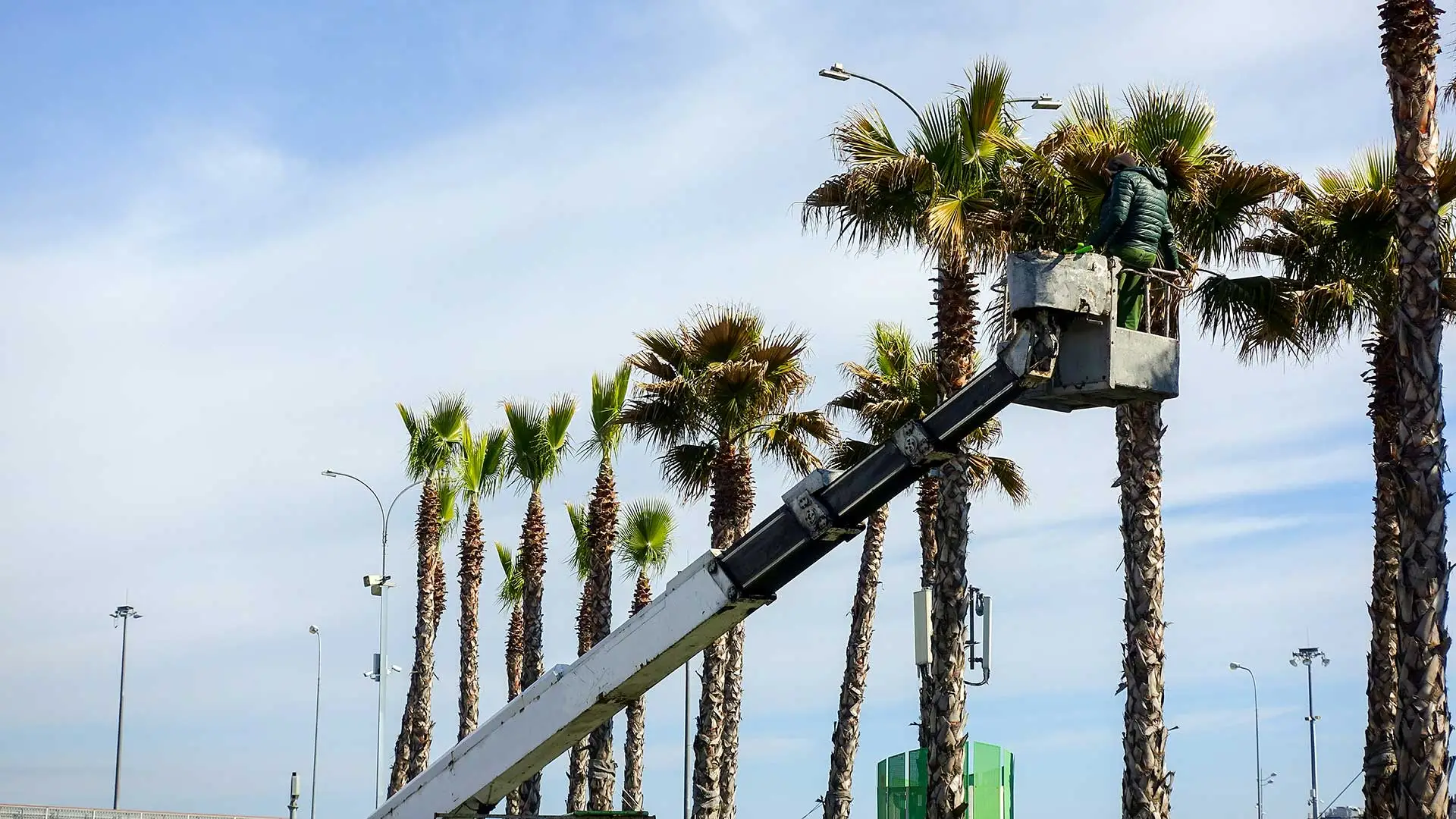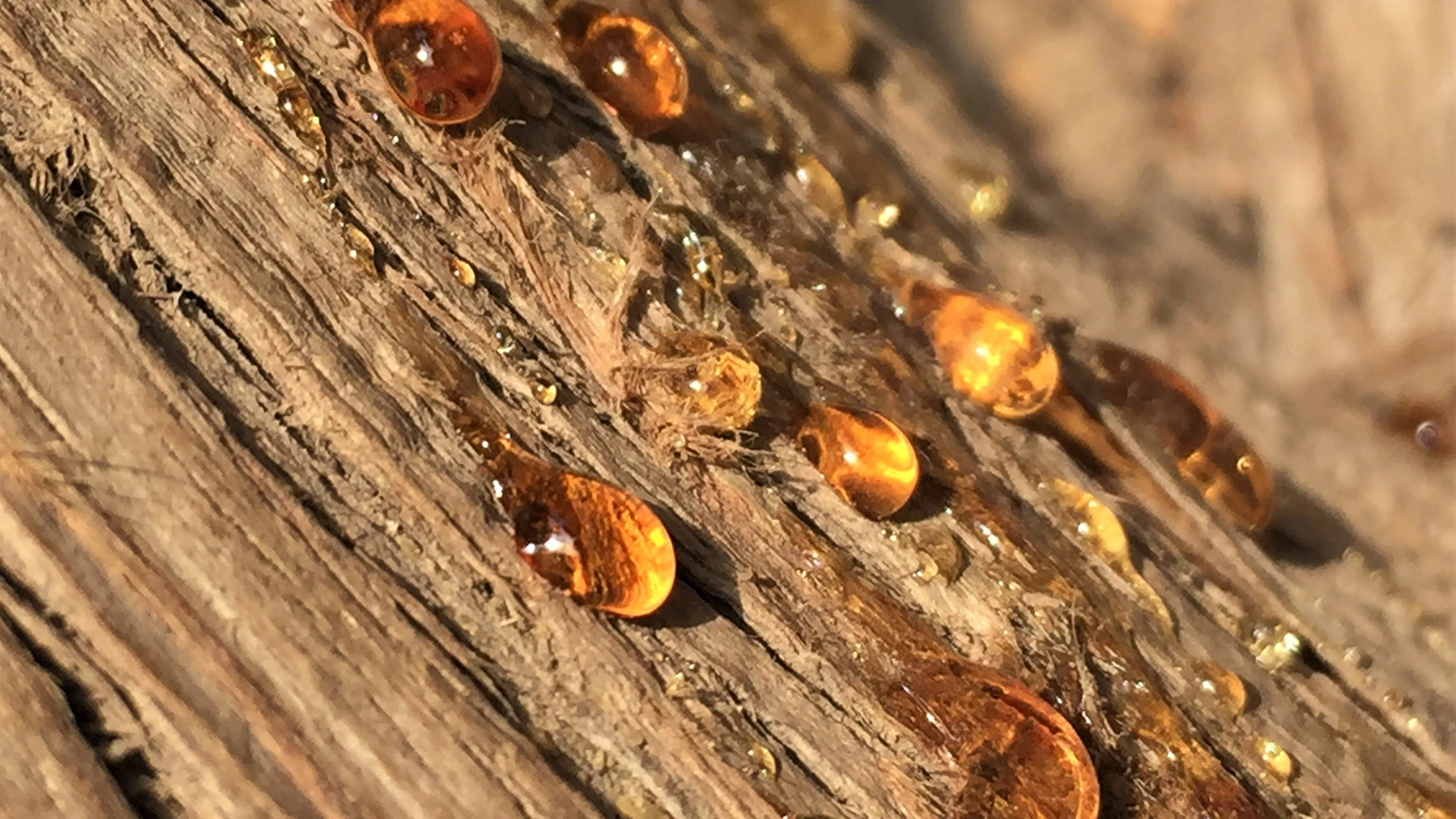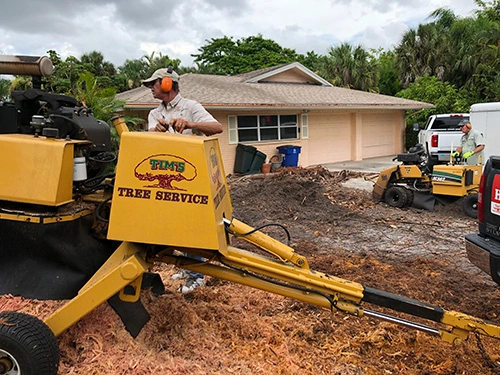If you've ever gotten tree sap on your hands, you know how sticky, messy, and annoying it can be. There are many types of trees here in South Florida that produce excess sap at certain times of the year. If you have any magnolia, willow, maple, mesquite, silk-oak, or avocado trees on your property, you can avoid dealing with heavy sap drip by waiting to trim them until after spring. While sap drip is messy and unsightly, it is important to remember that it isn't harmful to your trees. If you do encounter sap drip, it's best to leave it alone rather than trying to stop it or clean it up.
Wait until after spring to trim these trees if you want to avoid dealing with sap drip.

There are a variety of trees commonly found in the South Florida area that are known for their heavy sap drip. If you wait to trim these trees until after spring, you can avoid dealing with sap drip. These trees include:
- Magnolias: Magnolia trees excrete a thick, sugary sap called honeydew. To avoid messy sap drip, you should trim your magnolia trees any time between mid-summer and early fall.
- Willows: Willow trees produce a watery sap that is abundant in salicylic acid. Avoid heavy sap drip by trimming your willow trees in the winter while they are dormant.
- Maples: Maple tree sap is well-known as the main ingredient in maple syrup and other sweeteners. Trim your maple trees in the mid-summer so you don't have to worry as much about sticky sap drip.
- Mesquites: Mesquite trees produce a thick sap that can be clear or honey-colored. It is best to trim your mesquite trees while they are in winter dormancy to prevent a sticky, sappy mess.
- Avocado trees: Avocado trees typically excrete a white, watery sap. Avoid dealing with the messy sap by trimming these trees in the late winter.
Sap contains vital nutrients, water, and hormones and carries these essential substances throughout your trees.
Remember that sap drip is not harmful to your trees.
While heavy sap drip is quite messy and unsightly, it is important to keep in mind that it's not harmful to your trees. In fact, if you have any of the trees listed above and you notice sap drip after trimming them, it can actually be a sign that your trees are in good shape. As long as the bark on your trees appears to be healthy, sap drip after trimming should not be a cause for concern. So, if you simply can't wait to trim your trees and want to do it in the early spring, you can do that; any sap drip that occurs will not cause any harm to your trees.
What should you do if you encounter sap drip?
If you encounter heavy sap drip after trimming your trees, your best bet is to simply leave it alone rather than trying to stop it. In some cases, pruning the parts of your tree that are excreting sap can slow or stop the sap drip; however, if you try to do this yourself, you run the risk of pruning your tree improperly and potentially damaging it. If you continuously struggle with heavy sap drip when trimming your trees, it is recommended that you call your local tree care professionals to trim them for you.
Give us a call to sign up for our tree trimming service today!
Trimming your trees in the proper way and at the right times of the year is one of the most important parts of keeping them healthy. Our team at Tim's Tree Service offers a high-quality tree trimming service that will keep your trees in perfect shape throughout the year. For the last 33 years, we have provided this service to the homes and businesses in Cape Coral, Fort Myers, Lee County, and nearby communities in Florida. If you are interested in our expert-level tree trimming service, give us a call at (239) 994-6384 to sign up today!




Comments (0)
Thanks for your comment!
Thanks for your feedback! Your comments have been successfully submitted! Please note, all comments require admin approval prior to display.
Error submitting comment!
There is a problem with your comment, please see below and try again.